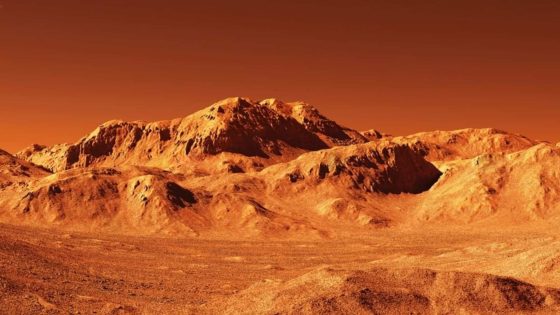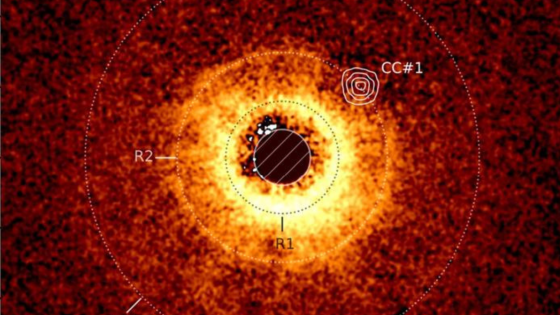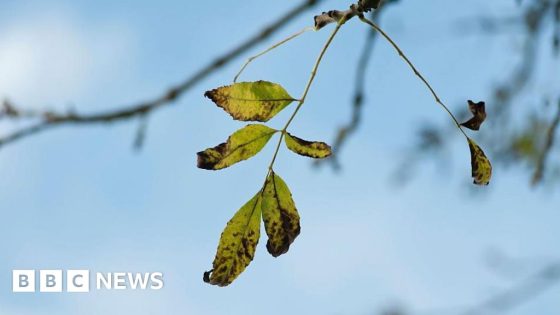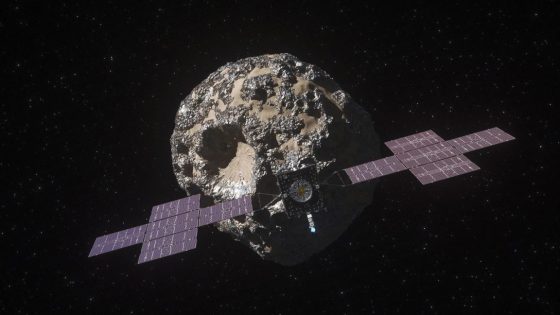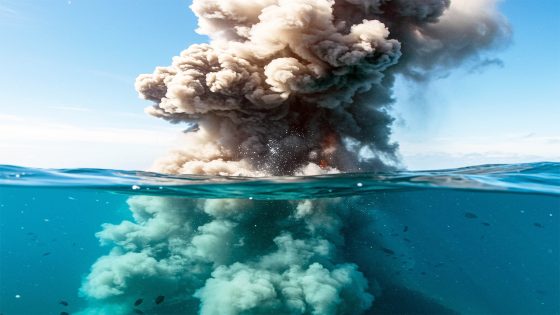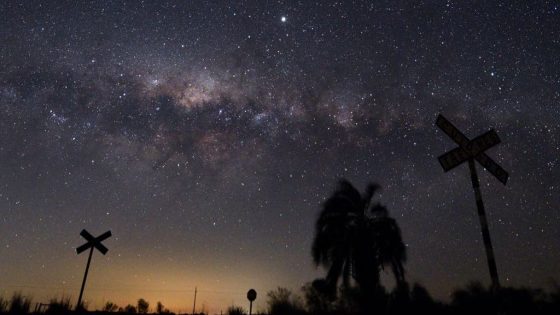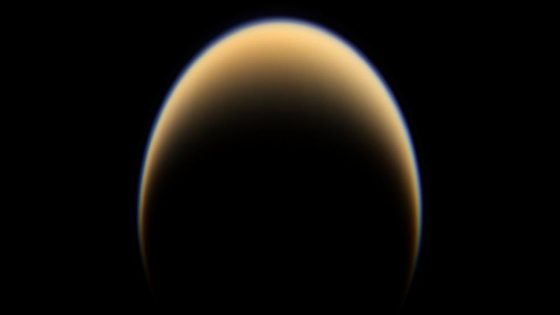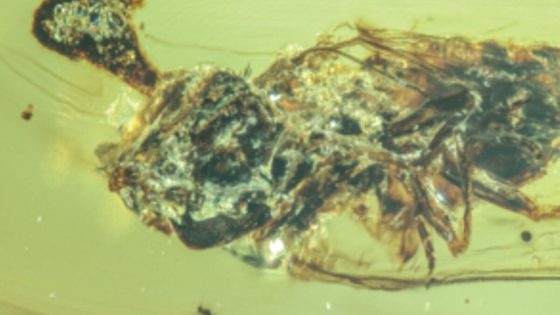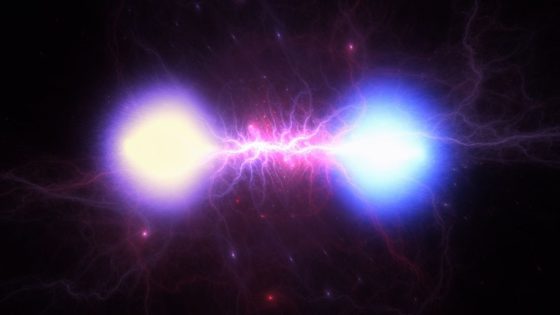Researchers at Harvard University have made a groundbreaking discovery that could revolutionize space colonization. In a recent study, scientists successfully grew green algae in conditions similar to those found on Mars, showcasing the potential for sustainable life beyond Earth.
- Harvard researchers grew algae in Mars-like conditions.
- Bioplastics used for sustainable habitat construction.
- Closed-loop systems could self-sustain habitats.
- Dunaliella tertiolecta thrives in extreme environments.
- Future tests planned for lunar and deep-space missions.
- Algae may enable liquid water stability.
Led by Robin Wordsworth, the team at the Harvard John A. Paulson School of Engineering and Applied Sciences created a bioplastic habitat that mimics Mars’ thin atmosphere. This innovative approach, reported on 2025-07-09 23:30:00, could pave the way for self-sustaining habitats on the Red Planet.
This experiment raises intriguing questions about the viability of life in extraterrestrial environments. Can algae truly support human life on Mars? The findings suggest a promising avenue for creating closed-loop systems that could sustain future colonies. Key points include:
- Algae can thrive in low-pressure, Mars-like conditions.
- Bioplastic habitats may reduce reliance on Earth-supplied materials.
- Research aims to develop self-sustaining ecosystems for long-term space missions.
As we look to the stars, advancements like these could be crucial for humanity’s future. Will we soon see the first green algae thriving on Mars, paving the way for human habitation?



